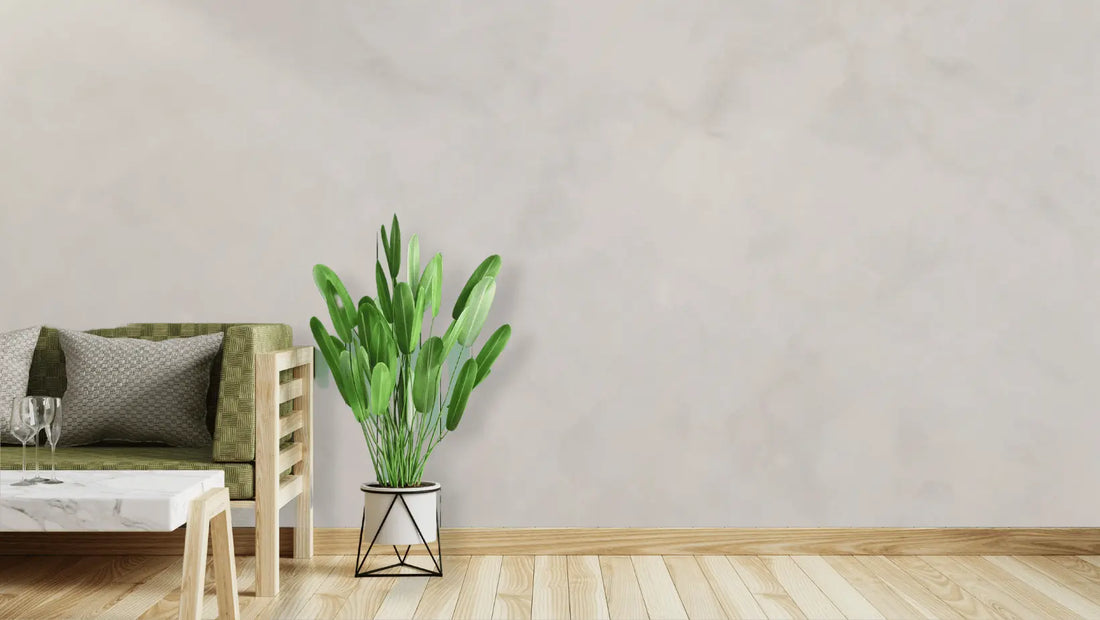Limewash is an ancient painting technique that has been used for centuries to give buildings a distinctive, old-world charm. The James Alexander Authentic Limewash System is a modern interpretation of this traditional method, providing a durable, breathable surface that can be applied to a variety of substrates, including drywall.
Importance of Wall Preparation
Proper wall preparation is crucial in achieving a successful limewash application. It ensures that the limewash adheres correctly to the wall and provides a smooth, even finish. Here are the steps:
Step 1: Surface Cleaning
Ensure your drywall is clean and free from dust, dirt, and grease. Use a mild detergent for cleaning if necessary.
Step 2: Applying a Water-Based Primer
For new drywall a coat of water-based primer is essential to create a uniform surface that will accept the Lime-Prep limewash bonding primer effectively. For existing painted walls that are clean and in good condition, you can apply Lime-Prep primer and skip the conventional priming step. Apply a coat of Lime-Prep after the standard water based sealing primer and allow it to dry completely before proceeding.
Step 3: Lime-Prep Primer Application
James Alexander’s Lime-Prep primer is specially designed to work with the limewash system to create a mineral surface for the limewash to bond to. Apply the Lime-Prep primer onto the dried water-based primer layer. Allow it to dry thoroughly before moving on to the limewash application.
Step 4: Apply the Limewash
Applying limewash is a unique process that requires careful attention. It’s best to practice on a separate surface if possible, or if not, then plan to possibly apply more coats to your wall while you are getting the hang of it (additional coats are fine as long as you are applying limewash thinly as-recommended).
Applying limewash paint to drywall involves more than just brushing the paint onto the surface. The brush application method you choose can dramatically impact the final look and texture of the limewashed wall. Here are three popular brush application techniques: crosshatch, vertical, and random. Deeper colors will show brushstrokes more dramatically with the mineral formulation and lighter colors will tend to create a softer finish.
Crosshatch Technique
The crosshatch technique involves painting in an "X" pattern across the wall. To achieve this effect:
- Dip your brush into the limewash paint and apply it onto the drywall in a diagonal stroke.
- Without lifting your brush, make a second stroke crossing over the first one, forming an "X".
- Repeat this process, ensuring that each new "X" slightly overlaps with the previous one. This overlap creates a woven effect, adding depth and texture to the wall.
The crosshatch technique is ideal for creating a rustic, old-world charm.
Vertical Technique
The vertical technique is a straightforward method where the limewash paint is applied in long, vertical strokes. Follow these steps:
- Dip your brush into the limewash paint.
- Apply the paint onto the drywall in a straight, vertical stroke from top to bottom.
- Repeat this process, making sure that each new vertical stroke slightly overlaps with the previous one.
This technique results in a smooth finish with subtle variations in color and texture, perfect for a modern, minimalist aesthetic.
Random Technique
If you're after a more organic, natural look, the random technique is the way to go. Here's how:
- Dip your brush into the limewash paint.
- Apply the paint onto the drywall using arbitrary strokes. They can be circular, wavy, or any shape you like. The key is to avoid creating a noticeable pattern and keep a wet-edge.
- Repeat this process, allowing the strokes to overlap randomly.
This technique creates a beautifully irregular finish, mimicking the look of aged plaster.
Remember, regardless of the brush application technique you choose, always allow the limewash paint to dry completely before assessing the final result. As lime wash dries, it lightens and develops its unique, chalky matte finish. So, the color and texture of the wet limewash may differ significantly from the final dried product.
Step 5: Mix-in "Densifier" Limewash Additive
To reduce chalking, especially for wall surfaces that might frequently be touched, James Alexander recommends using a mix-in "Densifier" limewash additive in the final coat of application. This densifier should be mixed into the limewash prior to application, following the manufacturer's instructions. Densifier adds an additional binder to the limewash, maintaining the dead-flat finish while making the limewash more durable to the touch. Densified limewash may reduce the need for a sealer and unlike sealed limewash, may be touched up or painted over with limewash without additional preparation.
Limewash Sealer Application
In some cases, you may want to apply a sealer to your limewashed walls.
Step 6: Apply the Limewash Sealer
This step is typically reserved for areas that may be splashed or require wiping. However, keep in mind that the sealer will change the surface sheen and finish of the limewash paint. If you decide to use a sealer, apply it according to the manufacturer's instructions and let it dry completely.
The James Alexander Limewash System is a fantastic way to bring a touch of timeless elegance to your drywall with an authentic mineral limewash finish.

